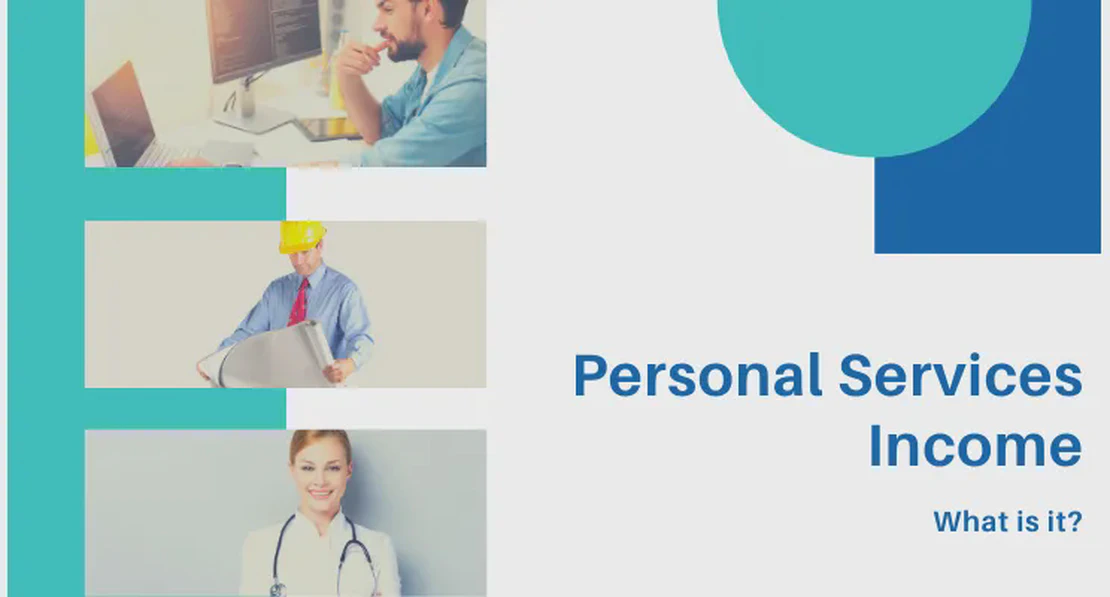
The Magic Of Compounding
- Yash Arora
- Investment , Financial planning
- August 15, 2023
Your Financial Future will STRUGGLE…
If you overlook the power of compounding.
Harness this 3-Component Formula and build your wealth on a rock-solid foundation.
Understand the magic.
What are the key ingredients? Principal, Rate of Return, and Number of Years (n).
Recognize the principal as your starting point, the seed of your investment. Acknowledge the rate of return, which often takes center stage. But most importantly, focus on ‘n’ – the number of years your money has to grow.
Number of Years (n): This is where the real magic happens. Time, often overshadowed by flashy interest rates, is the secret ingredient in wealth accumulation.
The Magic of Time (n)
Imagine investing just $1,0000 at an interest rate of 8%. It’s not the rate that’s going to make you rich, but the ‘n,’ the number of years your money compounds.
10 years? You’ll have around $21,589. 20 years? That grows to $4,6610. 30 years? A whopping $100,627!
You didn’t change the principal. You didn’t hunt for some elusive, high-risk return. You simply let time do its work. Use our capital growth calculator to do calculate
Even the great Warren Buffett, who bought his first stock at age 11, has jokingly lamented that he was “11 years late.” If one of history’s most successful investors considers age 11 “late,” imagine what starting even earlier – or waiting even longer – can mean for your financial future!
Starting Early – The Golden Key
Start at age 25 rather than 35, and the difference can be astonishing. Here are two scenarios, both with a 5% return:
Scenario 1: Start at 25 with $1,000 and contribute $100 monthly. By 65, you’ll have around $149,036. Scenario 2: Start at 35 with the same terms, and you’ll only reach about $87,247. That’s a difference of $61,789! All because of a ten-year head start.
Practical Tips for Leveraging Compounding
Young Investors: Start small, but start early. Even modest contributions can snowball over time. Mid-Life Planners: It’s never too late. Focus on consistent investments, and let compounding catch up. Approaching Retirement: Review your portfolio. Ensure that your investments are compounding effectively.
Conclusion
Your financial success or STRUGGLE hinges on understanding compounding, especially the often-underestimated ‘n.’ Don’t chase high-risk returns. Don’t wait for a “better time” to invest.
Your wealth-building blueprint lies in these three simple components. The magic is not in the rate of return; it’s in the time – the ‘n.’
Related Posts

Our Tips To Significantly Improve Your Cash Flow
Understanding Cash Flow and Its Management ‘Cash flow’, as the name implies, is the flow of your business’ money.
Read More
Personal services income. What is it?
Personal Services Income (PSI) Issues This article aims to cover Personal Services Income (PSI) issues faced by contractors, freelancers, medical professionals etc.
Read More
What Is Fringe Benefits Tax?
Fringe Benefits Tax (FBT) Fringe Benefits Tax (FBT) is a tax payable by employers for benefits paid to an employee (or an employee’s associate e.
Read More